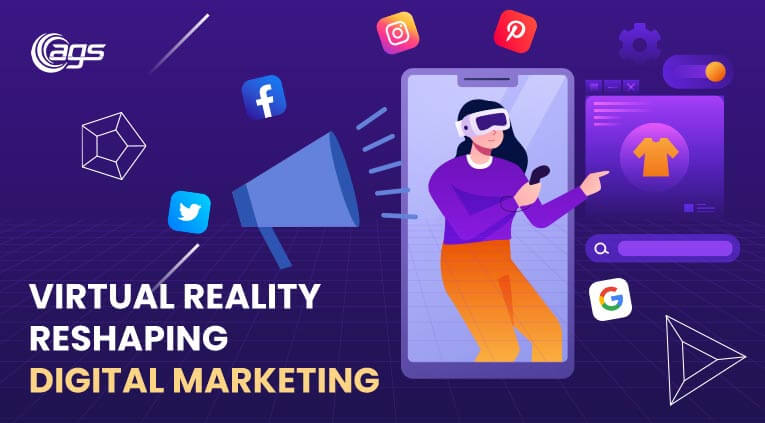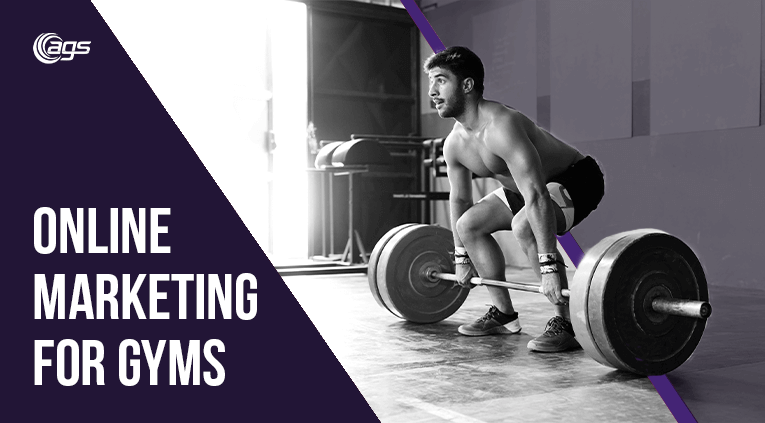Are you considering the options between organic vs. paid social media? Then we might be helpful for you in solving this fascinating mystery in the marketing world. Both these terms have a vast impact on businesses, and you should use both a bit to get the remarkable result that you want.
Paid and organic social media are very different approaches that are used to achieve different goals. But for a holistic approach that balances information with conversion, it pays off to know the advantages and disadvantages of each.
If you are not aware of the paid media and want to try it, now is the time to start. During the pandemic, it is observed that people have started using social media more than ever. But still, businesses are facing issues in ad conversion.
So, where does that leave your brand’s social media marketing strategy? Well, it depends on the goals that you want to achieve. Keep reading to know more.
What is Organic Social Media?
Organic social media can
be defined as free content such as posts, photos, videos, memes, stories, etc. that all users, including businesses and brands, share on their feeds on social media. As a brand when you post organically to your account, the following kind of audience will see it:
- Your followers
- People that follow your followers
- People who follow the hashtags that you have used in your post
It seems simple, but organic social media is considered the basis of every digital marketing strategy because it is the best way to nurture your customers’ bond. Organic social media marketing gives results slowly, but the result you get is organic, and the consumers who follow you are the potential consumers that are interested in your brand.
Mostly, businesses use organic media to establish their brand personality and voice, build relationships with consumers by sharing informative, entertaining, or inspiring content, engage customers at every stage of their buying journey, and support their customers with customer service.
Though it’s the best way to get long-term results, there is also a downside to organic media. The reason is that all major platforms use ranking algorithms, and due to that, only a few of your followers can see your organic posts.
This is where paid media is in the picture.
What is Paid Social Media?
Paid social media is also advertising but when brands pay money to platforms like Facebook, LinkedIn, Twitter, YouTube, etc. to have their content shared with a large number of new audiences who might be interested, you can do that either through “boosting” organic content or by designing unique advertisements. Nowadays, paid social media has seen a surge. According to eMarketer, as users get more comfortable with buying directly from social posts of bands because of paid marketing, this trend will grow more in the future.
But it is not only beneficial, and result-driven for B2C paid media work wonders even for B2B industries focusing on social advertising. Paid posts are the best way for brands to target new audiences on social media and convert them to customers. Most companies use paid social media to raise brand awareness, attract new followers, generate leads, drive conversions, and promote their latest deal, content, event, etc.
Organic vs. Paid Social Media
Both these strategies have their significance, advantages, and disadvantages. Let’s summarize both of these marketing strategies.
Organic social media strategy nurtures the relationship with your consumers and audience that came to you organically. It helps you build and grow your brand’s presence where your audience is, support, and retain your existing users and convert new customers by showing them what your brand is about.
Though organic media strategy is often slower to reach business goals and technically free, it takes a lot of time to deliver your desired results. But do remember the results you will get with will be permanent.
On the other hand, paid social media strategy is how you connect with new consumers and audiences. This strategy helps businesses to reach a larger number of audiences, target your ideal consumers more accurately, and hit your business goals much faster. But paid media is for those who can invest more in these ads.
In summary, while organic activity is necessary for relationship-building, it’s also true that network ranking algorithms mean pay-to-play is a fact of life on social networks.
How to make a robust social media strategy integrating both the approaches?
The majority of firms use integrated social media strategies by combining organic media to serve better and delight your existing customers while paid media for attracting new eyes with paid ads.
Things to consider while integrating these strategies:
Don’t include all promotional posts in paid ads:
Firstly only pay for ads if they can actually help you hit your KPIs and ultimately reach your business goals. Through paid ads, you don’t always get the answer on social media.
We suggest that if your organic activity isn’t getting the reach or impressions you’d hoped for, it might be time to open the paid advertisement strategy.
Boost more organic content:
Analyze your top-performing post and its content and then move your eyes towards the paid advertising. Identify content that is really grabbing the attention of your potential consumers and then boost a post that you think is going to perform well as per the study of your previous post and that resonates with your audience.
This is considered as the early stage strategy that doesn’t include higher risk, and you don’t need to create an ad. But if you see good results on the posts that you boosted, it’s time to support them with some spending.
Target ads to appeal the audience similar to your organic audience:
The more your organic profile is widespread, and have organic consumers, the more data you have about your ideal consumer. Where do they reside? How old is your target group? What are they interested in? What problem are you solving for them? Highlight all this information in your ads. This is where you will realize whether you have worked hard on the quality relationship with your audience.
Stay connected to your organic audience through retargeting ads:
Retargeting campaigns have proven to be highly productive at a relatively low cost because you reach out to people who already know your business. Usually, these are people who’ve earlier visited your social or web presence organically. Maybe they scrolled your profile or website or even dropped items after adding to the shopping cart.
This campaign can invite them with a nice reminder to come back and lead to conversion through a right ad that can convince them.
Analyze data and measure your results.
Witnessing your campaign is disturbing, no matter if it is organic or paid, but if you pay attention to the social analysis tools, they will tell you where you need to make better results.
In case, if you’re running paid and organic campaigns together, then you will want to make sure you measure everything precisely. For that, you can hire digital marketing experts who can help you use these strategies to gain better ROI for your business.
Implement these strategies with the help of experts:
Various digital marketing agencies provide expertise in digital marketing strategies, but a few can deliver promised results. Digital Marketing Agency, like Auxano Global Services, can help you here. They have a specialized marketing team that helps firms of every kind to rank on the search engines and gain higher ROI and use organic as well as paid both social media strategies to improve their overall brand image and generate higher ROI. Our team has extensive experience and know-how on what strategies can work for your business.
Our affordable price range intends to help you nurture your business by getting more potential leads. We are committed to securing your marketing success. Partner with us to see the change these strategies can bring for your brand.
Frequently Asked Questions
-
1. Which is better, SEO, or PPC?
Both are vital for the success of your business. You couldn’t build good domain authority, organic brand affinity, and online presence without performing SEO. On the other hand, you couldn’t target consumers by demographic, behaviors, or keywords without PPC.
-
2. Which is better, SEO, or SEM?
SEO is just one method included by SEM (Search Engine Marketing). SEM includes PPC and SEO. And both are equally necessary if you want your business to be ranked on Search Engines. SEO brings organic traffic, which is a time-consuming process, while PPC is a paid method to reach a broad potential audience and get traffic to your website.
-
3. Why choose Auxano Global Services for your website SEO services?
We have the best marketers in-house experts in their fields and know how to provide and analyze the results. We also offer dedicated web development, copywriting, and outreach teams to offer a complete SEO package.
-
4. How Our PPC Services Benefit Your business?
With PPC or pay-per-click advertising, your company can leverage a cost-effective form of paid advertising to reach potential clients and customers via paid search. We guarantee that our pay-per-click management services can boost your bottom line.
-
5. Why hire Auxano Global Services for Digital Marketing Services?
Auxano Global Services is a full-service web marketing firm, which means we offer everything from SEO to conversion analysis. With the help of our team, we help you to get:
- More leads
- Increase your reach
- Enhance your website experience
- Engage your target audience
- Connect you to your potential consumers









